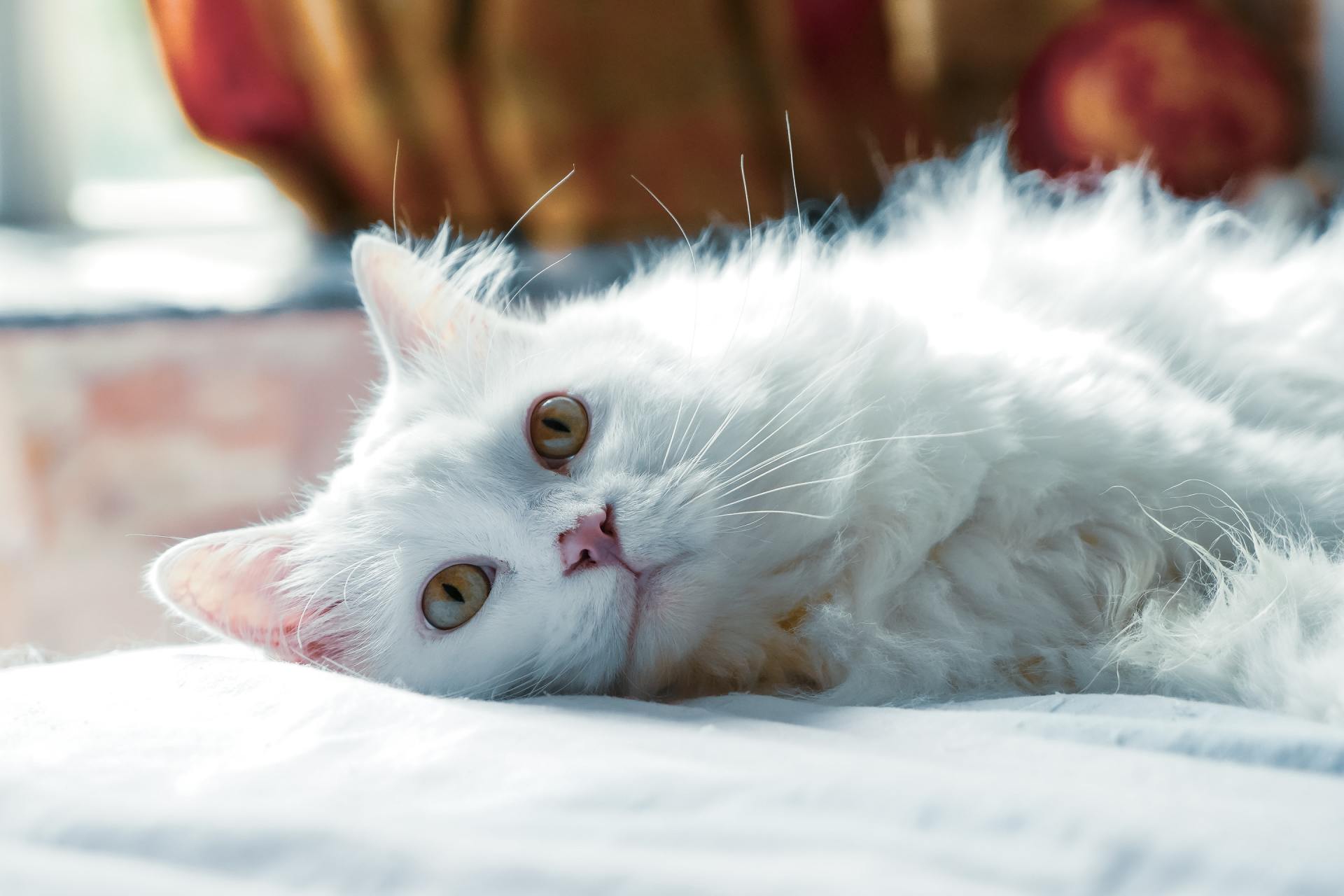Ginger Cat Appreciation Day
Today is Ginger Cat Appreciation Day! If your feline friend is an orange kitty, you may want to give Fluffy a special treat. Kitties come in all sorts of colors and patterns, and we think they’re all adorable. However, ginger cats are in the spotlight today. A vet discusses these miniature lions below.
Boys Club
The vast majority of ginger cats are boys. The gene that produces that ginger color is on the X chromosome. Since girls are always XX, that means female kitties need to have two copies of the gene to become redheads. You may be wondering what Fluffy’s family tree looks like. If your orange kitty is a girl, then both of her parents were gingers. If your feline buddy is a boy, he had at least one redheaded parent, and his kids could be either gingers or tortoiseshell.
Purrsonality
Cats are all unique individuals, and they all have their own ‘purrsonalities.’ That said, ginger kitties do seem to have some traits in common. The males tend to be chatty, bold, and active, and perhaps a bit opinionated. Your pet may yell at you for being late with his dinner, or to tell you to pick him up right meow. Girl cats, on the other paw, are usually much more gentle and laid-back. They may also not be *quite* as verbose.
Fluffy’s Fashion Sense
Ginger cats can have either long or short fur. Some of them even have curly coats! There are also several variations in the patterns Fluffy chooses to wear. These different ‘styles’ include classic, or swirled, as they are sometimes called; mackerel, or striped; spotted; patched; and ticked. Another interesting fact about ginger cats? They’re all considered tabbies! However, not all tabbies are gingers.
Famous Gingers
We can’t really discuss ginger cats without talking about the most famous one: Garfield! The beloved ‘Flabby Tabby’ was born in 1978, in the back room of Mama Leoni’s Italian Kitchen. It didn’t take the tiny orange ball of sarcasm very long to realize that lasagna is the best thing ever. The kitten’s rapidly growing appetite for it almost put the restaurant out of business! Fortunately, Jon Arbuckle adopted the Monday-hating furball. The rest is history. Other famous ginger cats include Morris, of 9 Lives fame, Hobbes of Calvin and Hobbes, and Bill the Cat from Bloom County.
Our Advice on Ginger Cat Appreciation Day in 2025
Are ginger cats usually male or female?
Ginger cats are predominantly male due to the genetics behind their distinctive coloring. The gene responsible for the ginger color is located on the X chromosome. Females have two X chromosomes and require two copies of the gene to exhibit the ginger color, making them less common. Males, having only one X chromosome, need just a single copy of the gene to be ginger. Consequently, if you encounter a ginger cat, it’s more likely to be male than female.
What kinds of coat variations can ginger cats have?
Ginger cats can sport a variety of coat types and patterns, reflecting their diverse genetic makeup. They may have either long or short fur, and some even feature unique curly coats. Regarding patterns, ginger cats can display several distinct styles, including classic or swirled, mackerel or striped, spotted, patched, and ticked patterns. Despite these variations, all ginger cats are categorized as tabbies, characterized by their distinct markings. However, it’s important to note that not all tabbies are ginger in color.
Are there health conditions that ginger cats are more prone to?
Ginger cats, like all cats, have their unique set of genetic characteristics, but there is no specific evidence to suggest that they are more prone to certain health conditions solely based on their coat color. Health issues in cats are generally more closely related to factors such as breed, age, lifestyle, and genetics, rather than fur color. It’s crucial for all cat owners, regardless of their pet’s coat color, to provide regular veterinary care, a balanced diet, and a healthy environment to support their overall well-being.
Do ginger cats have any special care needs compared to other cats?
Ginger cats do not have special care needs that differ significantly from those of other cats based on their coat color. All cats, regardless of their fur color, require a balanced diet, regular veterinary check-ups, vaccinations, and preventive care for parasites, as well as mental and physical stimulation. It’s essential to maintain good grooming habits, especially for long-haired varieties, to prevent matting. Providing a loving, stimulating environment with plenty of play and interaction is key to the health and happiness of ginger cats and all felines alike.
Are there other fun facts about the history or origins of ginger cats?
Ginger cats have a rich history and fascinating origins, closely intertwined with human society for millennia. One intriguing fact is their depiction in ancient Egyptian art, indicating they were revered and possibly worshipped alongside other felines. The vivid, orange hue of their coat is believed to have offered camouflage in their natural, wild environments, aiding in hunting and survival. Additionally, maritime folklore credits ginger cats with bringing good luck at sea, leading many sailors to welcome them aboard ships as both mascots and skilled hunters of vermin.
Do you have questions about your ginger cat? Contact us, your animal clinic in Edison Park, FL, today!





